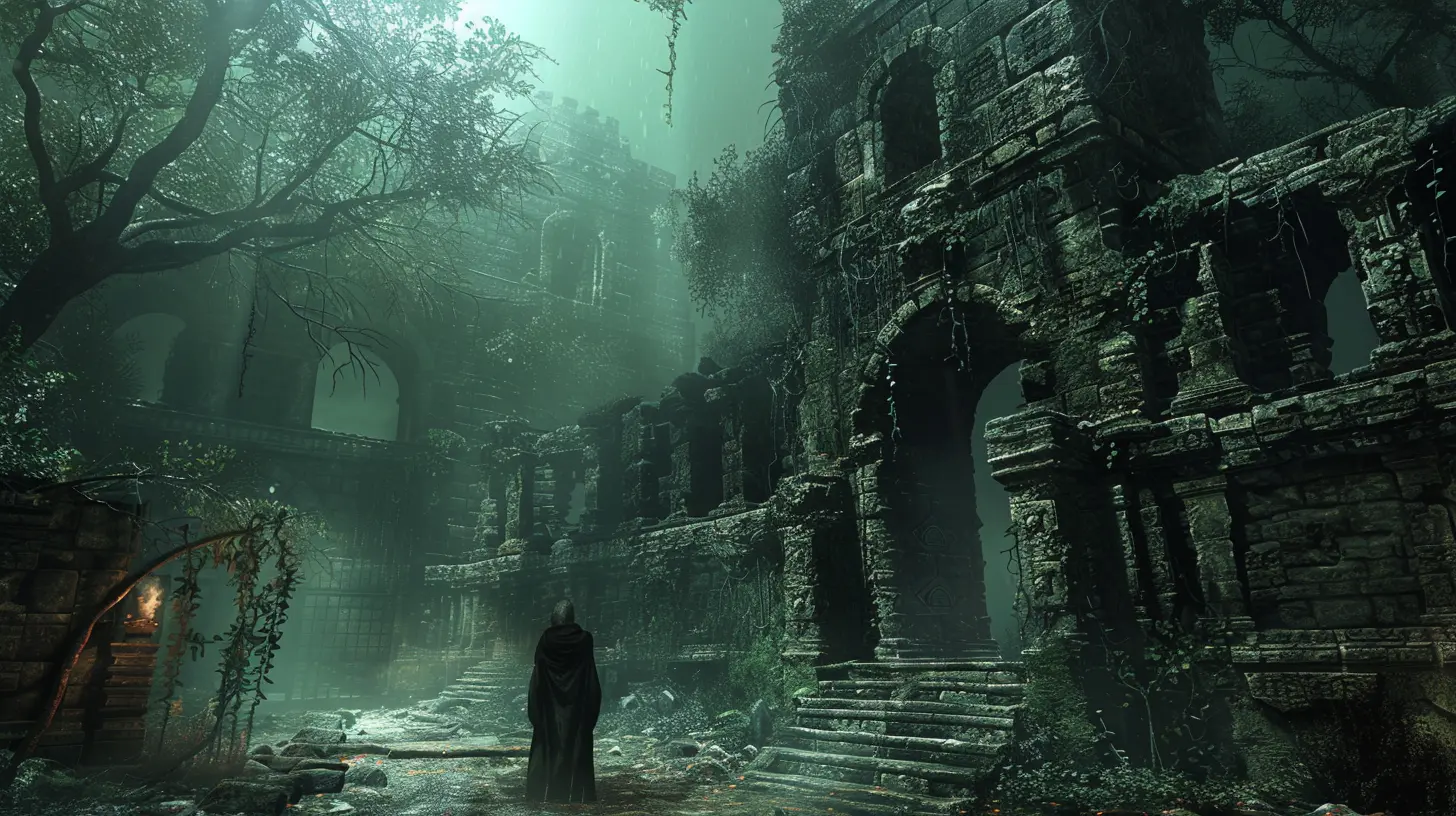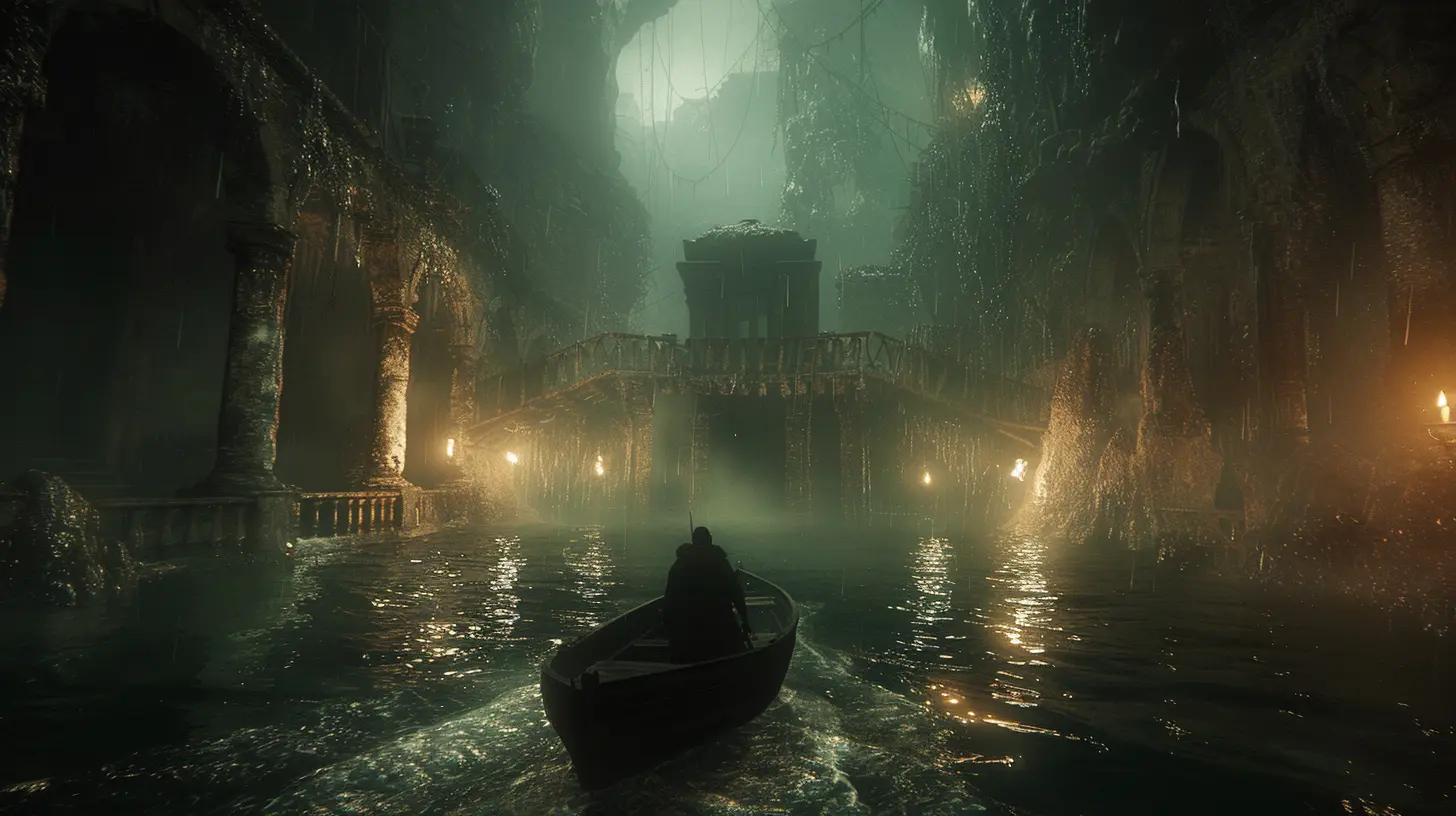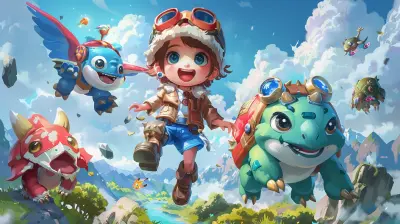Finding the Soul of a Game in Its Remastered Version
12 November 2025
Remember the first time you played your favorite game? That rush of excitement, the late-night marathons, the controller clutched in sweaty palms—pure magic. Now, years down the line, that same game pops up with a shiny new coat: remastered graphics, improved sound, maybe even some added content. But here’s the million-dollar question—does a remastered version still have the original soul?
Let’s dig deep, folks. Let’s talk about the emotional, nostalgic, and occasionally divisive world of game remasters—and how, when done right, they manage to capture lightning in a bottle. Again.
The Emotional Backbone of a Game
Let’s face it—games are more than just pixels and polygons. They’re experiences. Stories. Time machines that take us back to where we were emotionally and mentally when we first played them.So, when a game gets remastered, the challenge is more than technical—it’s spiritual. The devs aren’t just upgrading textures; they’re trying to recreate a feeling. It's like renovating your childhood home. You want to fix the cracks but keep the creaky floorboard in the hallway because it feels familiar. It makes you feel something.
Nostalgia—A Double-Edged Sword
Nostalgia is powerful, right? It can make us fall in love with things that are objectively outdated. But it’s also why remastering a game is risky. If the devs change too much, it feels like betrayal. Change too little, and players might not see the value. It’s a tightrope walk across a canyon of expectations.
Defining a Remaster vs. a Remake
Before we go deeper, let’s clear something up. People often mix up remasters and remakes. Though they sound similar, they're totally different beasts.- Remaster: This is the same game with better visuals, sound, and maybe quality-of-life tweaks. Everything else? Pretty much untouched.
- Remake: Built from scratch. New engine, possibly changes to story, controls, mechanics—you name it.
In this article, we’re focusing on remasters—where the goal is to touch up the classic without rewriting its soul.
Cleaning the Dust, Not Repainting the Canvas
Here’s the thing with a remaster: it should respect the original. It’s like brushing off an old masterpiece without smudging the paint. A good remaster enhances what’s already great, not replaces it.Graphics: It’s Not Just About the Shine
Sure, graphical upgrades are a big sell. Higher resolution, better lighting, smoother animations—they’re all essential. But visuals are just the surface. The key is to preserve the game’s original art direction. You don’t want to turn a gritty noir game into a bright cartoon just because you can.Games like Shadow of the Colossus (the PS3 remaster) did this beautifully. It smoothed out the visuals, upped the performance, but kept that haunting, lonely vibe intact. You still felt small in front of those giants. The soul? Very much alive.
Sound: A Whisper from the Past
Audio is often overlooked, but oh boy—it matters. That original soundtrack, those clunky sound effects, even the voice acting—they’re all part of the magic. Remasters that polish the audio without completely replacing it do a huge favor to fans.The Halo: Master Chief Collection nailed this by letting players toggle between the original and remastered audio. Now that’s respect.
Quality of Life = Quality of Experience
Let’s be real—old games could be rough around the edges. Clunky UI, brutal save systems, awkward controls. When a remaster smooths these things out, it doesn’t detract from the soul—it enhances it.Think of it like this: you’re keeping the original vibe but fixing the broken furniture. You’re not changing the room; you’re just making it more comfortable.
Accessibility Is Part of the Soul
Modern gamers expect certain standards—subtitles, controller remapping, adjustable difficulty. Including these doesn’t dilute the experience. It opens the door for more people to enjoy the story, the gameplay, the world. And isn’t sharing the soul of a game with more people a good thing?The Fans Hold the Torch
Let’s not forget—the soul of a game isn’t just in the code. It lives in the fans. The ones who cosplayed the characters, wrote fanfics, speed-ran bosses, and debated plot twists over Reddit threads.When a remaster honors that community? That’s where magic happens. Devs who include fan art, community messages, or behind-the-scenes content? They’re not just remastering a game—they’re remastering a legacy.
Easter Eggs and Callbacks
Remasters that drop in subtle nods to longtime fans absolutely win hearts. A secret room, a hidden line of dialogue, a visual reference—these are the soul-sparks that make a fan grin and say, “They remembered.”When Remasters Miss the Mark
We’ve got to be honest here. Not every remaster hits home. Sometimes the updates are too superficial. Sometimes they replace what didn’t need fixing. And sometimes—worst of all—they launch broken.Games like the GTA Trilogy Remastered taught us a harsh lesson: visual polish doesn’t mean heart. If the new version looks shiny but feels hollow, fans will notice. And they won’t forget.
The Curse of Rushed Releases
When remasters are rushed to meet market deadlines, quality suffers. And nothing kills nostalgia faster than a bug-filled experience. It’s like showing up to your high school reunion in a glittery tux—with toilet paper stuck to your shoe.Let’s Talk About Balance
The best remasters find that sweet spot—the balance between honoring the past and embracing the present. It’s a dance between memory and modernity.Think Final Fantasy X HD Remaster. It brought back that iconic story with remastered visuals and music, while tweaking the mechanics just enough to suit modern tastes. It’s not trying to be new. It’s trying to be timeless.
It’s About Feelings, Not Just Features
At the end of the day, the reason we care about remasters isn’t because we want to play old games in 4K. It’s because we want to feel something again. A spark. A connection. A reminder of who we were when we first fell in love with these digital worlds.The Soul Lives in the Details
It’s in the way a character walks. The timing of a joke. That moment the music swells just as you scale the final boss tower. These are the elements that stick, that become iconic. A good remaster knows not to touch these—or, if it does, only with the gentlest of hands.The Personal Journey
Every gamer has their own history. A different reason for loving a title. For some, a remaster is a nostalgic return. For others, it’s a first-time experience. The goal should be to make both players feel something genuine.Let’s stop thinking of remasters as just “upgrades.” They’re modern-day bridges—connecting gaming generations, preserving digital art, and reminding us that great stories never get old.
How to Know If a Remaster Has a Soul
So, how can you tell if a remaster found its soul?Ask yourself:
- Do I feel what I felt years ago when playing this?
- Are the core themes and emotional beats still intact?
- Have the updates enhanced my experience without replacing it?
- Am I smiling like a kid again?
If you’re nodding, that means the remaster did its job. It didn’t just slap on a new skin. It reached into the past, pulled out a memory, and made it feel alive again. That, my friend, is the soul of the game.
Final Thoughts: It’s Not Just a Game, It’s a Time Capsule
When we talk about finding the soul of a game in its remastered version, we’re not just talking about graphics or performance. We’re talking about connection, emotion, and memory.A great remaster doesn’t try to replace the past. It celebrates it. It lets us re-experience what made us fall in love with gaming in the first place. And in doing so, it proves that while consoles change and technology evolves—the heart of a great game is eternal.
So next time you boot up that remastered title, don’t just look at the frame rate or the textures. Close your eyes for a second. Feel the vibe. If your heart flutters even a little—that’s the soul calling.
all images in this post were generated using AI tools
Category:
Remastered GamesAuthor:

Brianna Reyes
Discussion
rate this article
1 comments
Tristan Long
Remastered versions often retain the original's essence, but risk overshadowing its soul with modern enhancements and nostalgia.
November 12, 2025 at 3:55 PM


